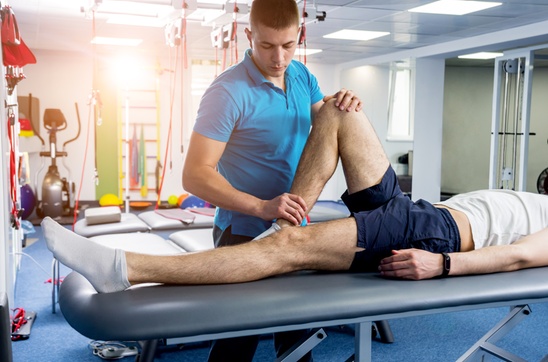Advancements in surgical techniques have significantly improved the outcomes of sports injury surgeries in various ways. Here are some key impacts:
1. Minimally Invasive Techniques
Arthroscopy is one of the most notable advancements. This minimally invasive technique uses small incisions and a camera to guide the surgery, reducing recovery time, minimizing scarring, and decreasing the risk of infection compared to traditional open surgeries.
2. Enhanced Precision
Robotic-Assisted Surgery allows for greater precision and control during procedures. This technology enables surgeons to perform complex surgeries with enhanced accuracy, leading to better alignment and positioning of surgical repairs, which is crucial for optimal recovery and function.
3. Improved Healing and Recovery
Biological Augmentation involves the use of growth factors, stem cells, and other biological agents to enhance tissue healing and regeneration. These techniques can improve the quality of repair in ligament, tendon, and cartilage injuries, promoting faster and more complete recovery.
4. Personalized Treatment
Advanced Imaging Techniques like 3D MRI and CT scans enable personalized surgical planning. Surgeons can create detailed maps of the injury and tailor the surgical approach to the specific anatomy and needs of the patient, which improves the accuracy and outcomes of the surgery.
5. Better Postoperative Care
Enhanced Rehabilitation Protocols are often developed alongside new surgical techniques. These protocols are designed to work in synergy with the surgical repairs, ensuring that patients regain strength, flexibility, and function as efficiently as possible.
6. Reduced Complications
Enhanced Surgical Tools and Materials, such as improved suture anchors, bioabsorbable screws, and advanced grafts, reduce the risk of complications and enhance the durability of surgical repairs. These tools and materials are designed to integrate more effectively with the body’s natural tissues.
7. Faster Return to Play
The combination of less invasive techniques, better surgical precision, improved biological healing, and tailored rehabilitation leads to a faster and safer return to sports for athletes. The improved outcomes reduce the risk of re-injury and enhance overall performance post-surgery.
Examples of Specific Advancements
- ACL Reconstruction: New graft choices and fixation techniques have improved the strength and integration of ACL repairs.
- Rotator Cuff Repair: Double-row and suture bridge techniques provide better tendon-to-bone healing, reducing re-tear rates.
- Meniscus Repair: All-inside repair techniques preserve more of the meniscus and use less invasive methods, leading to better long-term joint health.
Conclusion
Advancements in surgical techniques have transformed the landscape of sports injury treatment. They offer more precise, effective, and tailored approaches to repair and recovery, ultimately enhancing the outcomes for athletes by reducing recovery times, improving functional results, and decreasing the likelihood of re-injury. These improvements not only help athletes return to their sport more quickly but also ensure they maintain a higher level of performance and overall joint health.





Comments